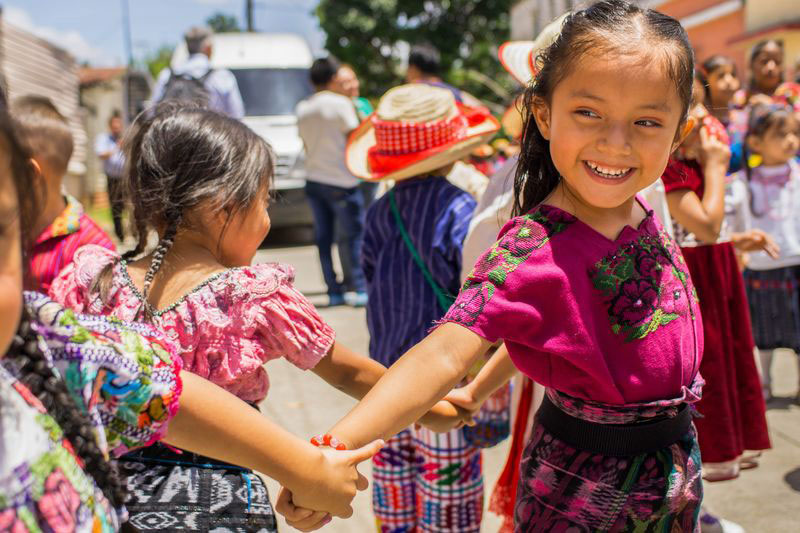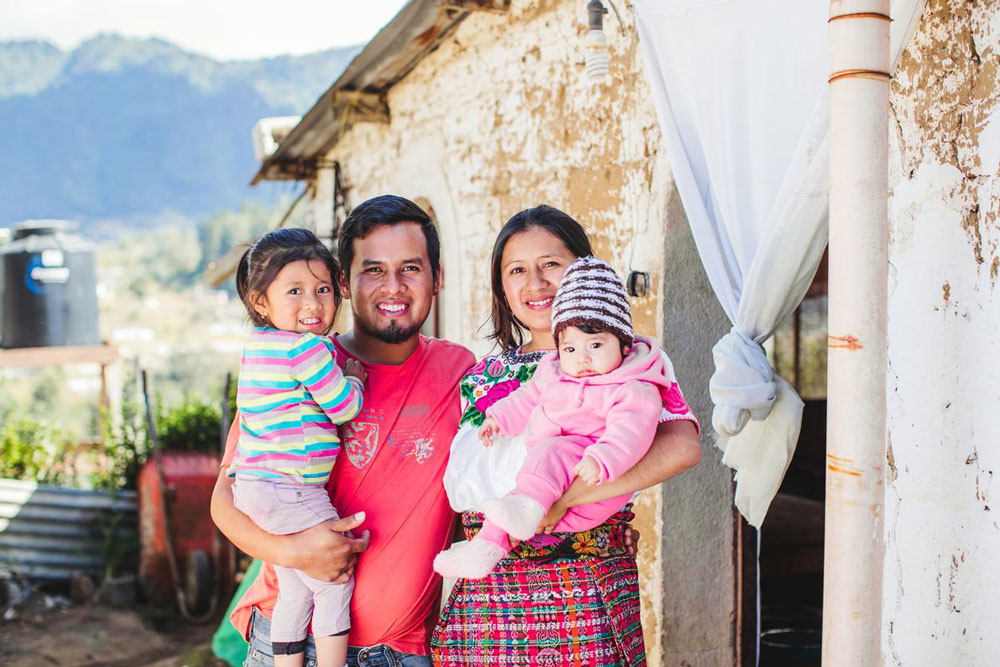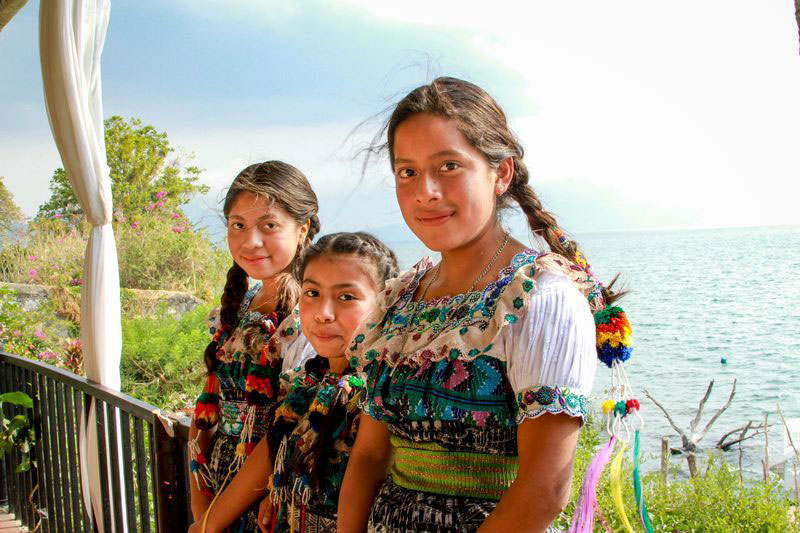Key Challenges in Guatemala & Our Response
Guatemala boasts a unique and beautiful landscape as well as a culturally rich heritage, but it’s also home to children living in devastating poverty.
Many Guatemalan Children Lack Access to Education
Education empowers children to become self-sufficient adults with the skills needed to provide for themselves and their families.
Unfortunately, many children in Guatemala struggle to get educations, especially those from indigenous tribes living in rural areas. In these areas, schools often don’t exist, and children don’t have the resources to travel.
Without an education, children may struggle to find quality work when they get older, keeping them trapped in poverty.
Our Response: Providing Educational & Vocational Opportunities
Every child in our program gets an education. They receive help with tuition and school fees, school supplies and even tutoring. We also provide vocational opportunities so young people can learn the job skills they need to provide for themselves, a critical need as they journey out of poverty.
Violence & Abuse Put Children at Serious Risk
For children living in poverty throughout Latin America, violence, abuse and exploitation are consistent threats. For example, thousands of children and adolescents suffer sexual violence throughout Guatemala each year.
Violence of any kind has devastating effects on children. When physically hurt, children living in poverty can’t access critical medical care, endangering their well-being and even their lives. Violence also hurts children mentally and emotionally as they face severe trauma for years to come.
Our Response: Protecting Children at All Costs
At Compassion, child protection is our top priority. We provide age-appropriate training to all the children we serve, ensuring they know how to stand up for themselves and others and get help when they need it. We also train our staff and volunteers so they know how and when to intervene when they see signs of violence or abuse.

A boy smiles in a field of yellow flowers.
Caption

A group of little girls in traditional dresses hold hands as they spin around and smile.
Caption

A young family stands outside of their home.
Caption

A group of children celebrate the New Year by shooting confetti into the air.
Caption

A young girl holds a letter from her sponsor.
Caption

A group of boys play baseball at their child development center.
Caption

A young girl holds two ducklings in her hands.
Caption

A group of children learn to bake as a part of a vocational training program.
Caption

A mother holds a baby in her arms.
Caption

A group of three girls smile with the ocean behind them.
Caption